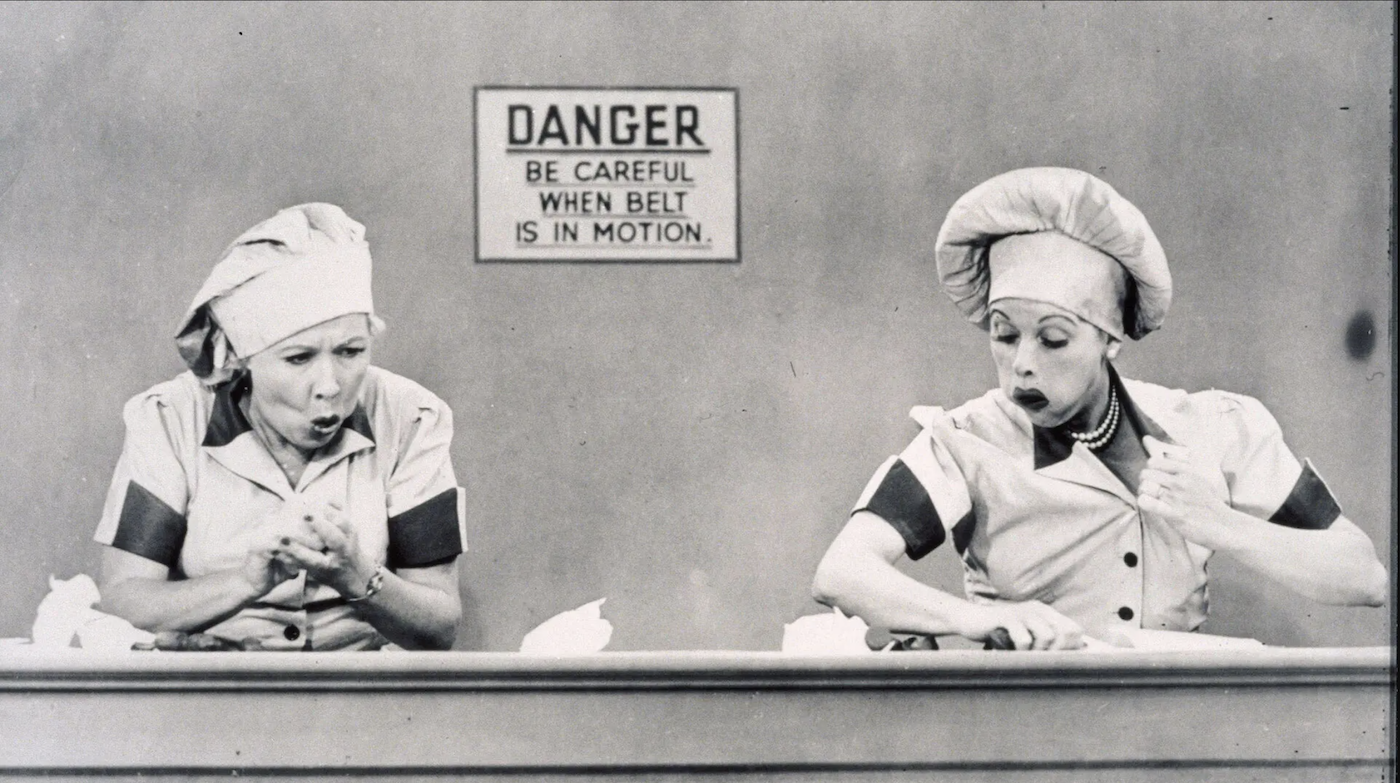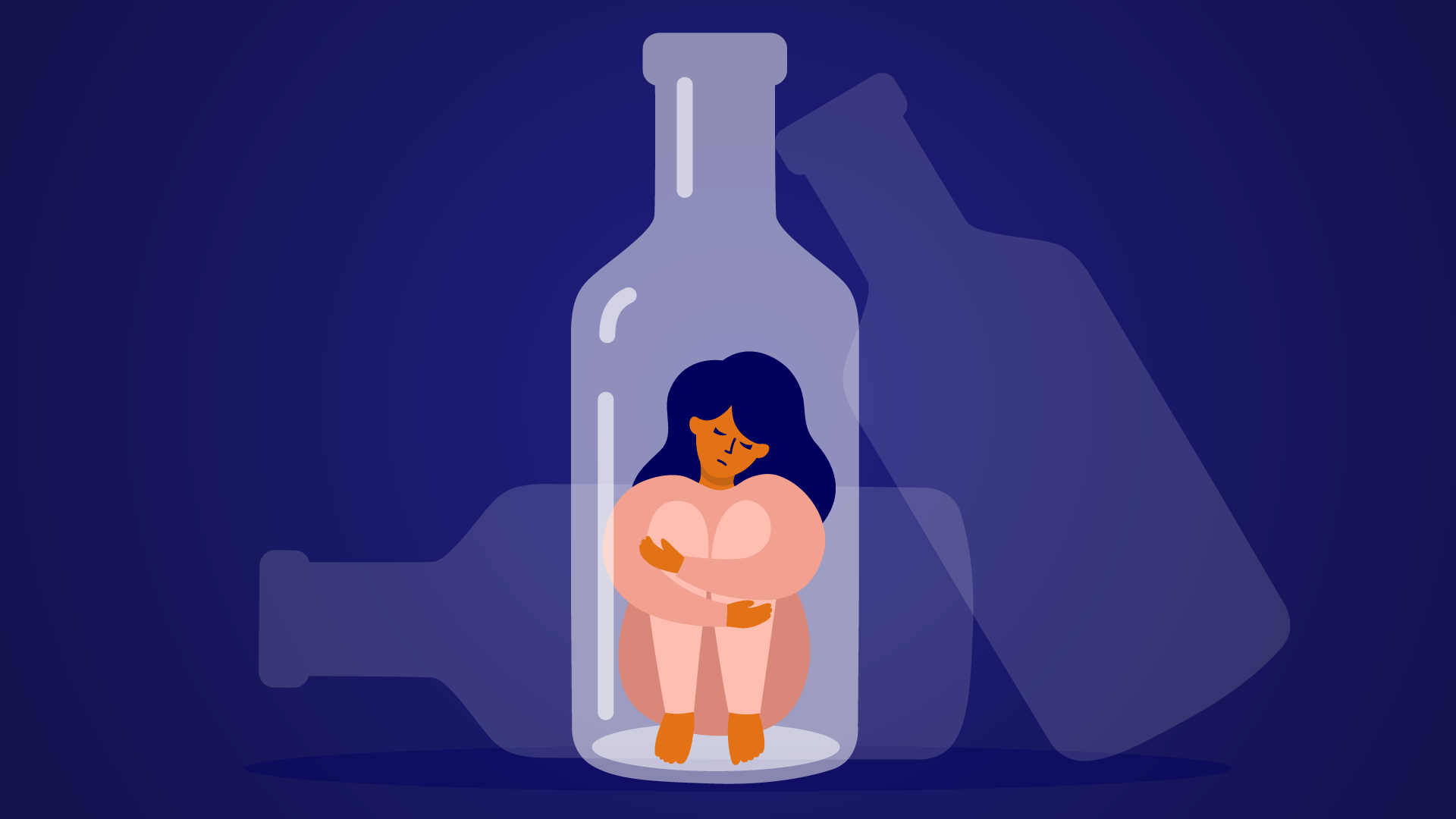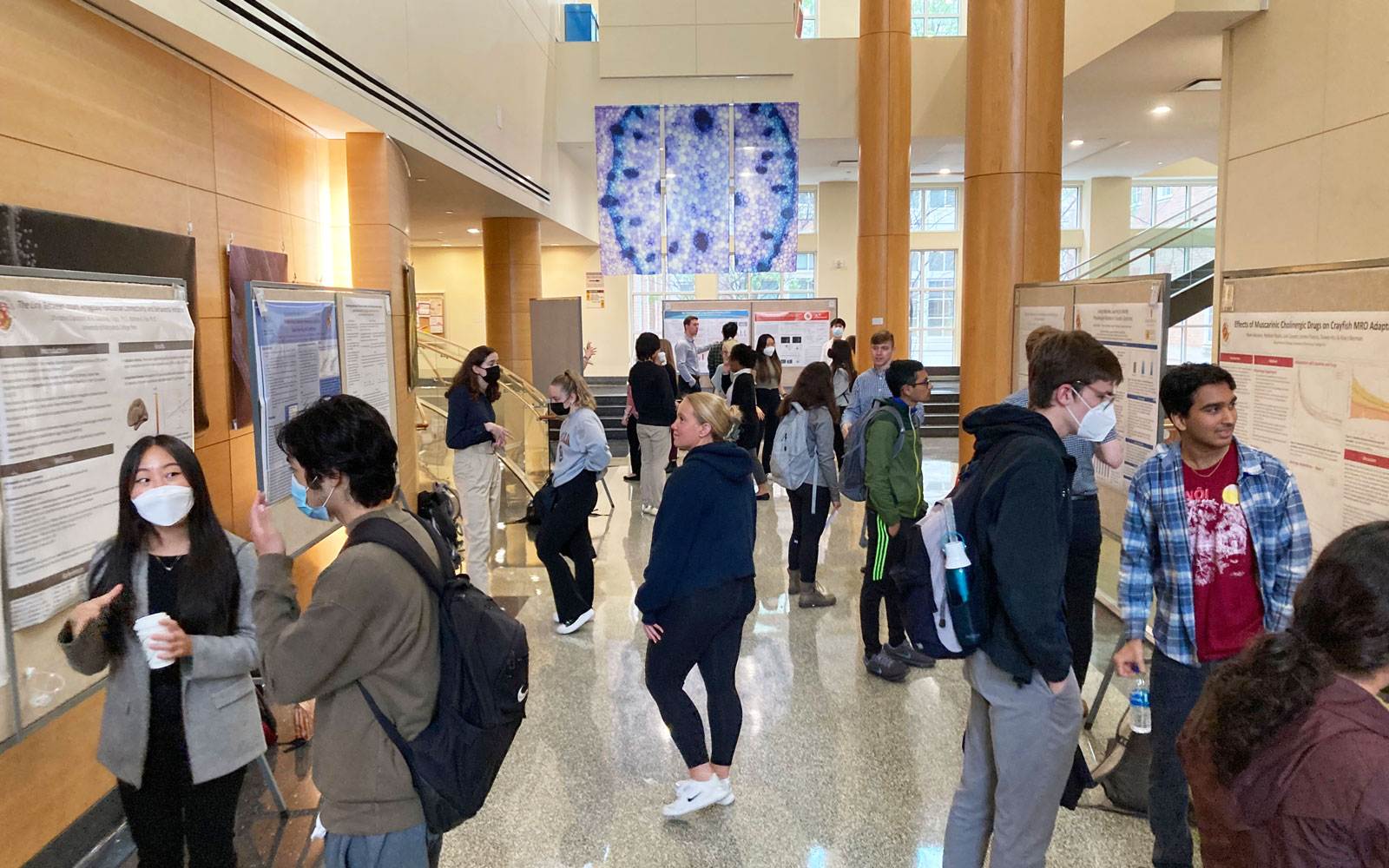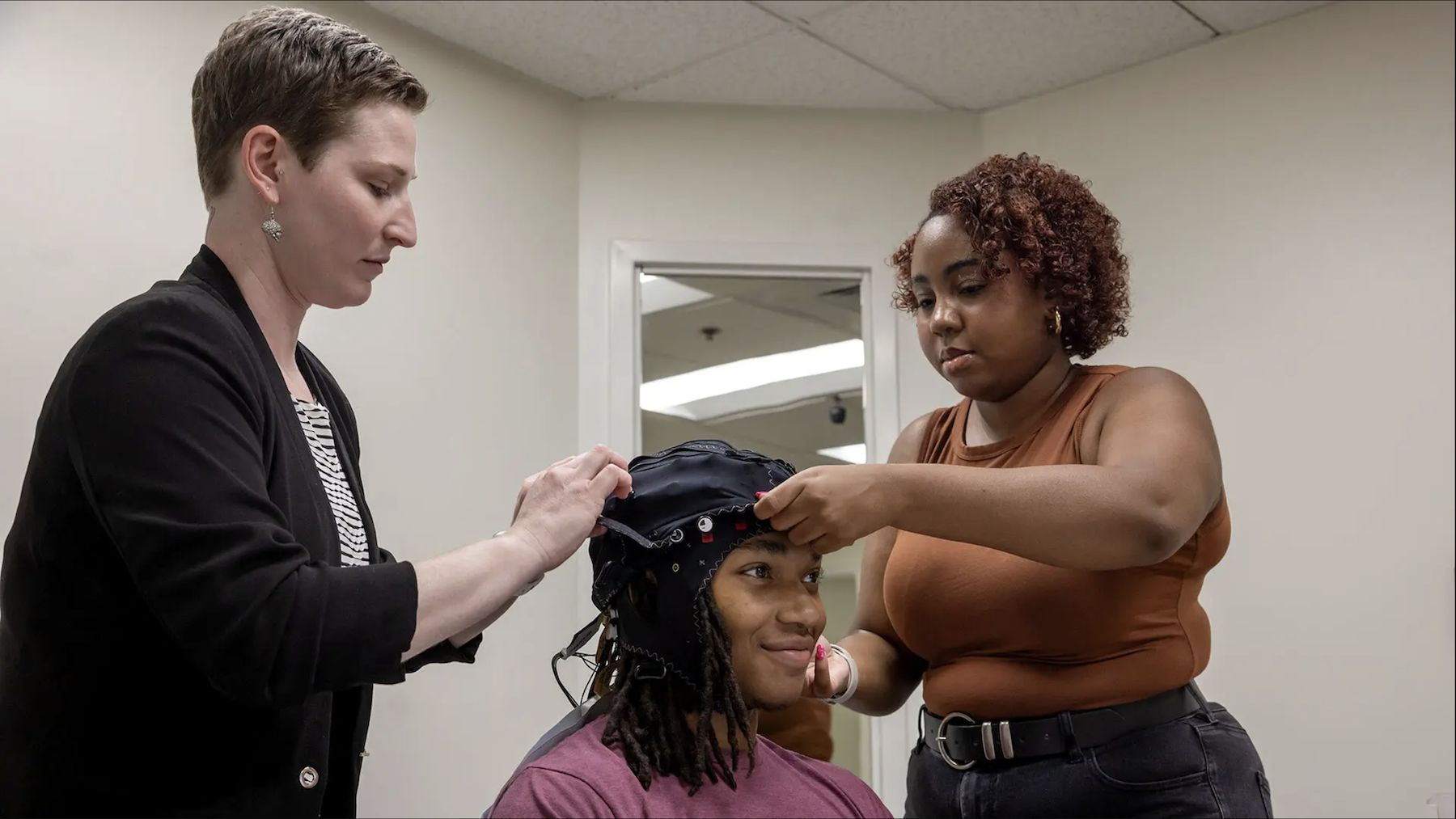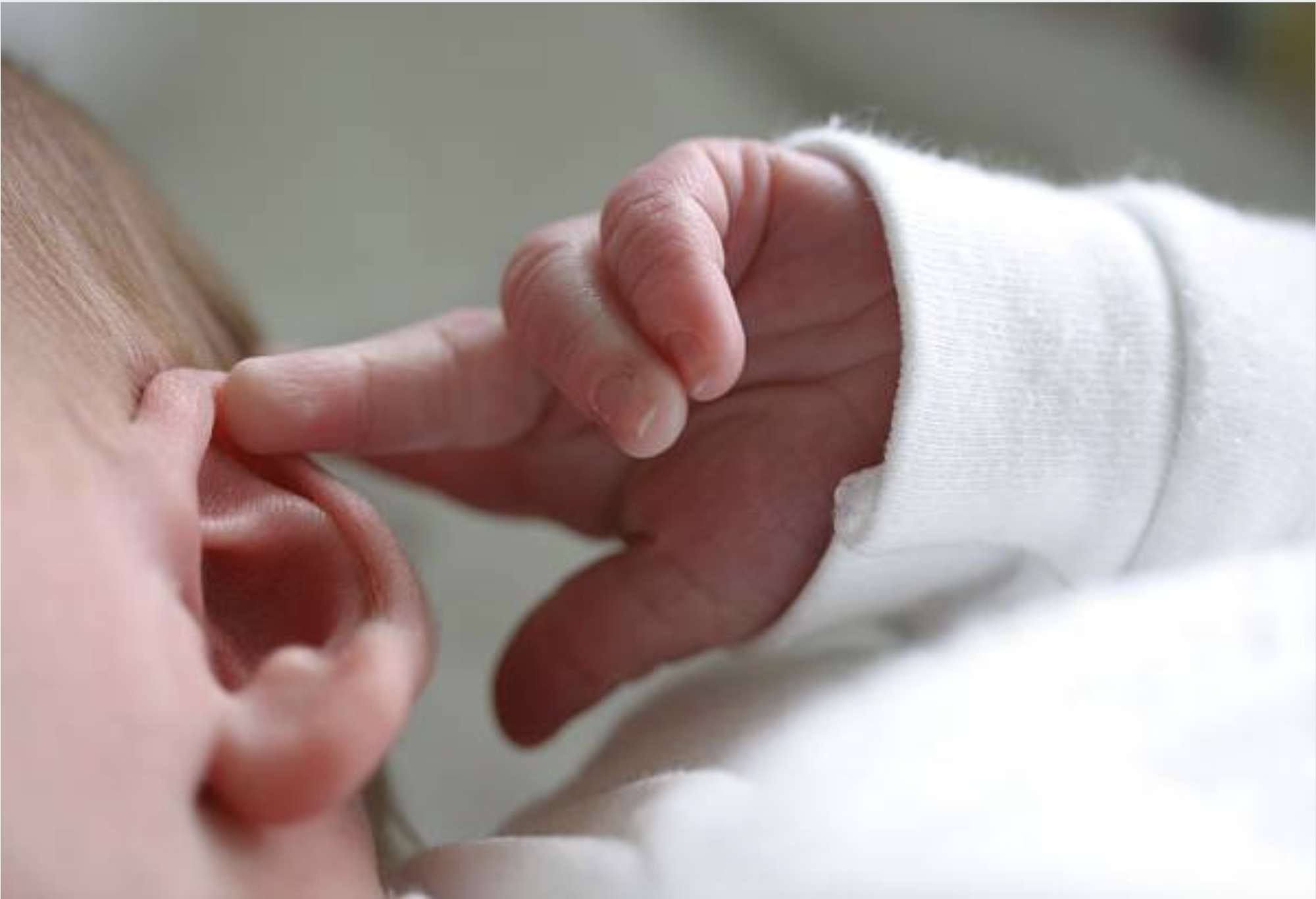News Story
Deliberation Computation: The Data Behind Decision Making
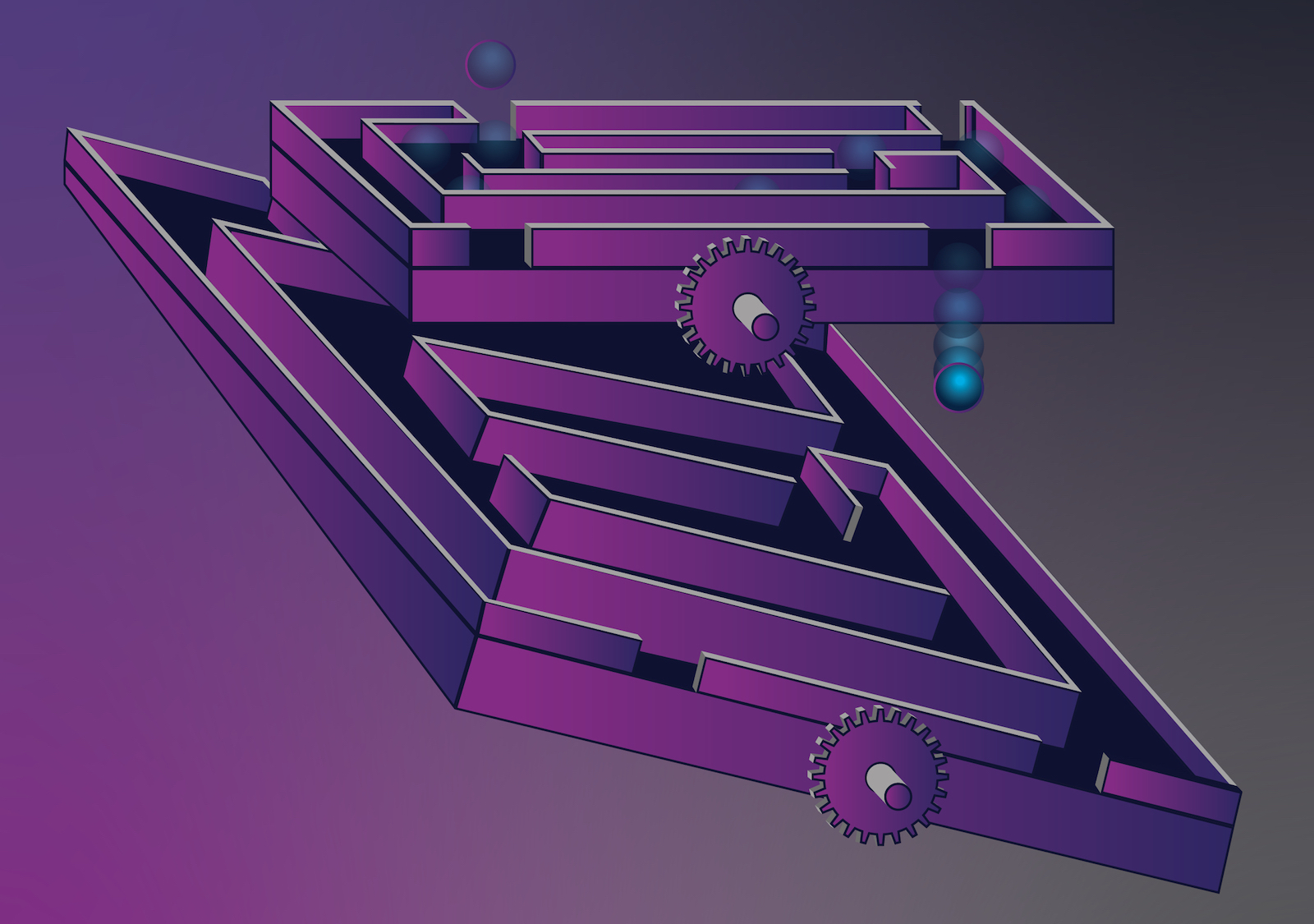
You are deciding whether or not to visit with your family for the December holidays. This year, it's a difficult decision! You weigh numerous factors with regard to personal safety, and just prior to falling asleep, you make a decision: you won't risk going. Yet the next morning, you begin second-guessing yourself. Perhaps you could still go after all...
How the first decision influences the process of making a second decision is the subject of a paper published this week in PNAS by University of Maryland Assistant Professor Alec Solway. Although Solway cannot (alas) help you decide whether or not to travel, he can tell you how the process of rethinking your initial decision is biased by having already made a choice the night prior.
“Intuitively, one might think that the first decision affects most strongly one’s initial bias or attitudinal starting point,” Solway says, “In fact, this bias in the starting preference was small. Rather, the fact of having made a prior decision influences most significantly the rate at which evidence favoring the prior choice enters into the deliberation.”
Most importantly, Solway's model quantifies the relationship between the two decisions. In addition to describing decision making in the population as a whole, it intervenes in the burgeoning field of computational psychiatry to provide hard data for diagnoses around mental health disorders such as obsessive-compulsive disorder (OCD), anxiety, and depression. Computational psychiatry supplements patient reports of mental health symptoms with objective lab-based measures and subsequently helps guide intuition about treatment development.
“Consider a physician treating a patient with OCD,” Solway suggests, “That physician might be able to run the model twice—initially before treatment and then again after—in order to receive a specific number indicating whether or not treatment actually improved the patient's decision making.” Solway is careful to stress that such a possibility is still some time away, and that significant additional research is necessary.
This assessment of so-called checking behavior, in which one revisits and redeliberates previously settled decisions about relatively mundane and unambiguous topics, such as whether a door is locked or a stove has been turned off, is especially important for interventions in patients with OCD, who can suffer from pathological forms of doubt and rechecking. According to the National Institute of Mental Health, one percent of US adults suffers from moderate or serious OCD.
Scholarship to date has focused almost exclusively on re-deliberation in the context of a single decision. However, this focus fails to address a number of crucial questions around the process of deliberation, such as when and how individuals choose to revisit decisions and how information is transferred between decisions when they are repeated.
“Research into the computational underpinning of repeated decision making represents a fundamentally new line of work,” Solway notes, “Ultimately, we plan to extend this work beyond behavioral modeling to incorporate neural measures and then ask about the neural mediators of meta-decision making—that is, deciding whether you should revisit a decision—and information transfer.”
Zhen Lin, a graduate student in the Applied Behavioral Analysis program at the University of Southern California, and Ekansh Vinaik, a UMD undergraduate majoring in Computer Science at the University of Maryland, were also co-authors on the PNAS paper.
Writer: Nathaniel Underland, underlan@umd.edu
Published December 21, 2020
